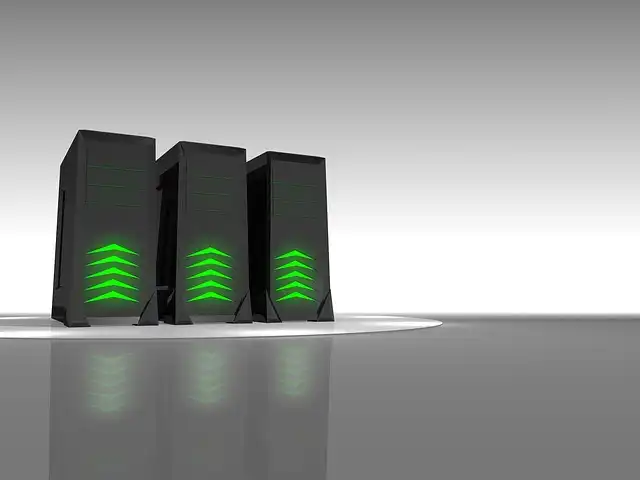E2 SSD: New High-Density Storage Redefines Data Centers

E2 SSD, a QLC flash-based drive under development, aims to bridge the gap between HDDs and SSDs. Offering up to 1 PB capacity with high performance, it targets 'warm' data storage in data centers.
The E2 kind element is still in the standardization stage, meaning its specifications continue to be tentative and subject to change. A more clear image is expected to emerge later on this summertime, when the official Revision 1.0 requirements are arranged for launch.
E2 SSD Standardization and Expected Specs
Initial requirements show that the drives may deliver throughput of 8– 10 MB/s per terabyte, equating to 8– 10 GB/s for a 1 PB model.
Preliminary specs suggest that the drives might supply throughput of 8– 10 MB/s per terabyte, translating to 8– 10 GB/s for a 1 PB model. To ensure compatibility with next-generation web server platforms, E2 SSDs will use a PCIe 6.0 x4 user interface running the NVMe protocol. Each drive will certainly house at least 64 NAND flash bundles and might create to 80 watts of power under tons.
Data Center Standard Form Factor
E2 SSDs will reportedly take on the Data Center Standard Kind Element “Leader” spec, determining 200mm in length, 76mm in height, and 9.5 mm in density. Each drive can accumulate to 1 petabyte (PB) of data– roughly the matching of 11,000 4K movies. A conventional 2U shelf server can fit up to 40 of these drives, providing an impressive 40 PB of total storage capability.
SNIA and OCP count numerous major information center drivers and SSD suppliers– consisting of Meta, Microsoft, Samsung, Micron, Pure Storage Space, and SanDisk– among their members. A few of these companies have supposedly begun creating and prototyping drives based upon the brand-new E2 SSD form aspect.
Industry Collaboration and Prototyping
Each drive can keep up to 1 petabyte (PB) of information– about the matching of 11,000 4K films. A typical 2U rack server might accommodate up to 40 of these drives, offering an impressive 40 PB of overall storage ability.
For example, Pure Storage introduced a 300 terabyte E2 model in May throughout the OCP Storage Computerese occasion, where the firm emphasized that the innovation would enable it to offer higher versatility and scalability to its customers.
Warm Data Redefines Storage Needs
Examples of warm information include application information, backups, logs, and analytics. While these information kinds were previously identified as “chilly,” the needs of brand-new AI applications, analytics pipes, and various other arising electronic solutions have actually increased accessibility frequency, redefining them as “cozy” and making disk drive a much less ideal storage space service.
The next-generation drive is being jointly established by the Storage Networking Industry Organization and the Open Compute Project to store supposed “warm” information– information accessed much less regularly than hot information, but still calling for quicker read/write speeds than conventional high-capacity mechanical storage services generally offer.
Something to expect: A revolutionary new SSD type aspect might quickly redefine high-density storage in data centers by tightening the ability space between mechanical hard drives and solid-state drives. Known as E2, this QLC flash-based drive is reportedly with the ability of accumulating to 1 petabyte (1 million gigabytes) of information while supplying efficiency similar to that of a high-end SSD.
1 data centers2 E2 SSD
3 high-density storage
4 QLC flash
5 storage networking
6 warm data
« AI Siri, iOS 27, and Apple’s Future PlansAirPods Pro 2 Deal: Discount on Premium Noise-Canceling Earbuds »
